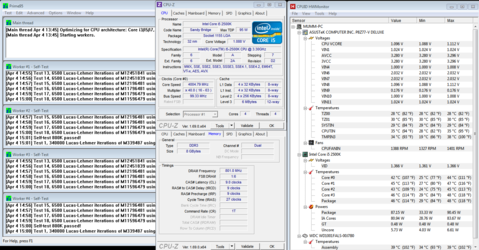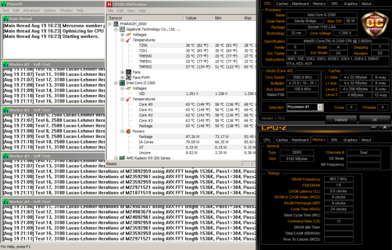I have seen a videos of the process packaging and they test for heat, stress and selecting voltage. I cant remember if they test for cold at that time.
High-performance packaging
After fabrication, it's time for packaging. The wafer is cut into individual pieces called die. The die is packaged between a substrate and a heat spreader to form a completed processor. The package protects the die and delivers critical power and electrical connections when placed directly into a computer circuit board or mobile device, such as a smartphone or tablet.
Intel makes chips that have many different applications and use a variety of packaging technologies. Intel packages undergo
final testing for functionality, performance and power. Chips are electrically coded, visually inspected, packaged in protective shipping material for shipment to Intel customers and retail
http://www.intel.com/content/www/us/en/history/museum-making-silicon.html
I'm still looking for the video on packaging it is so cool and vary secret nowadays, because I can hardly find anything.
Here is one with heat testing shown. How the Intel Processor is Made.





